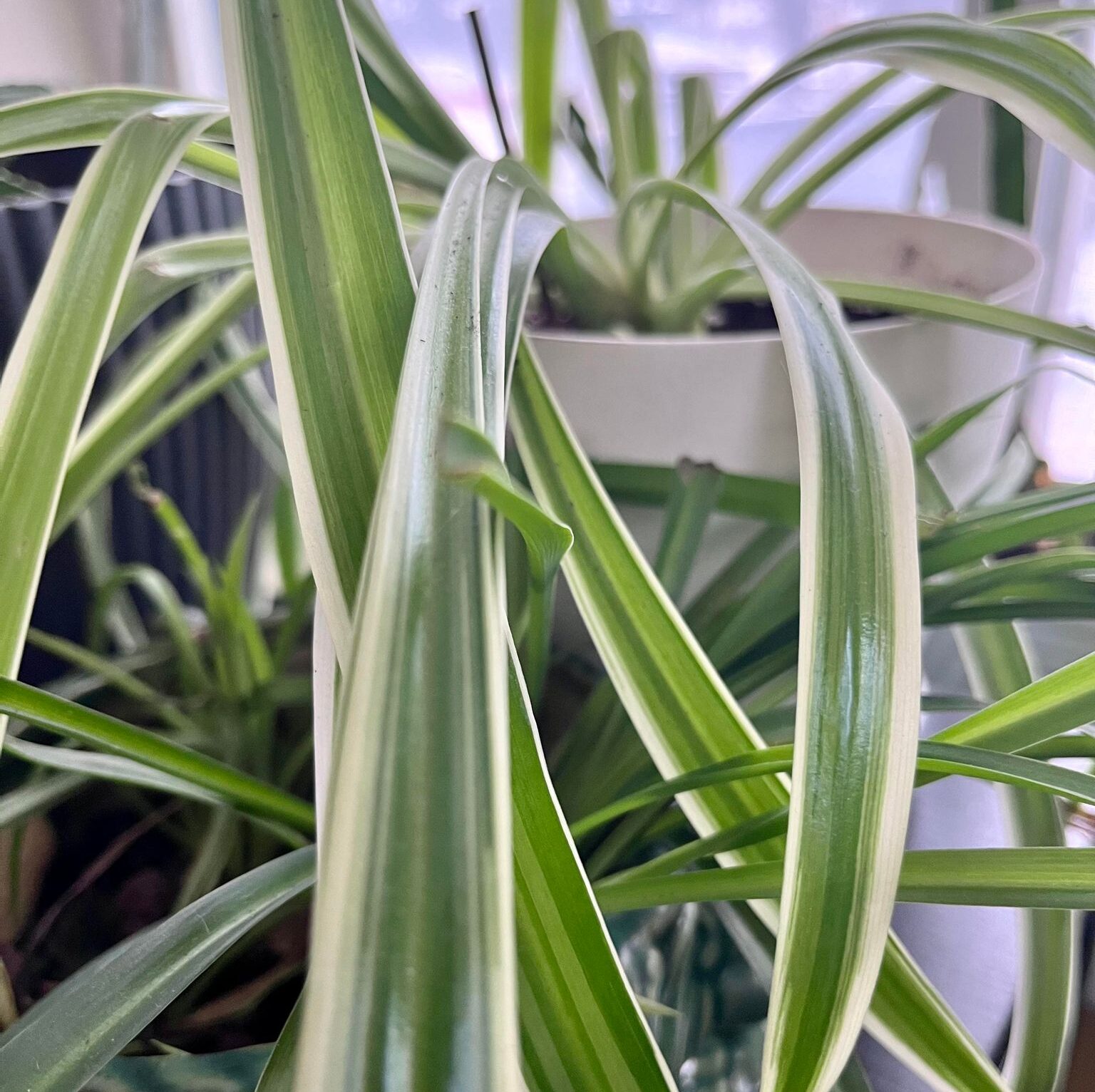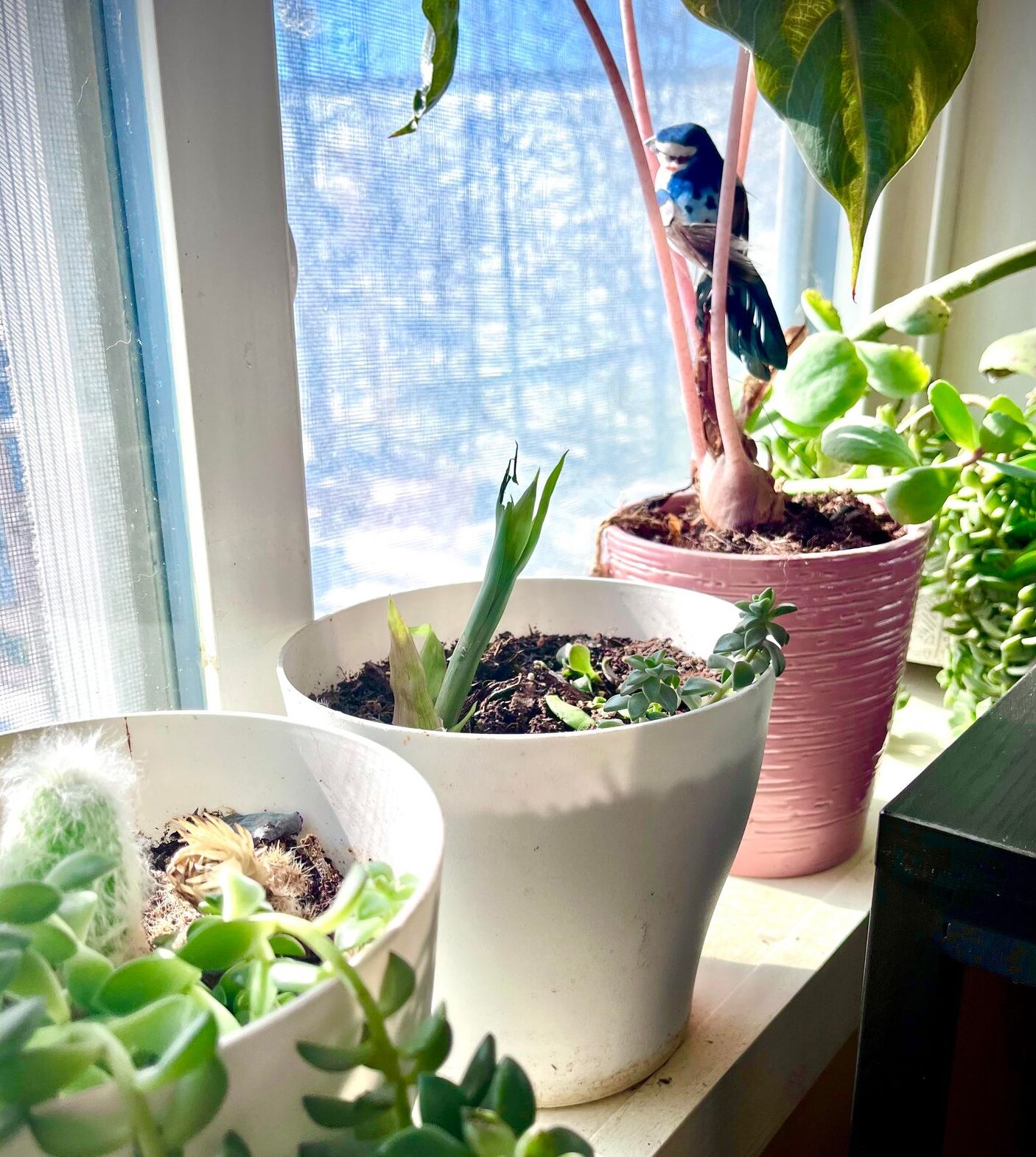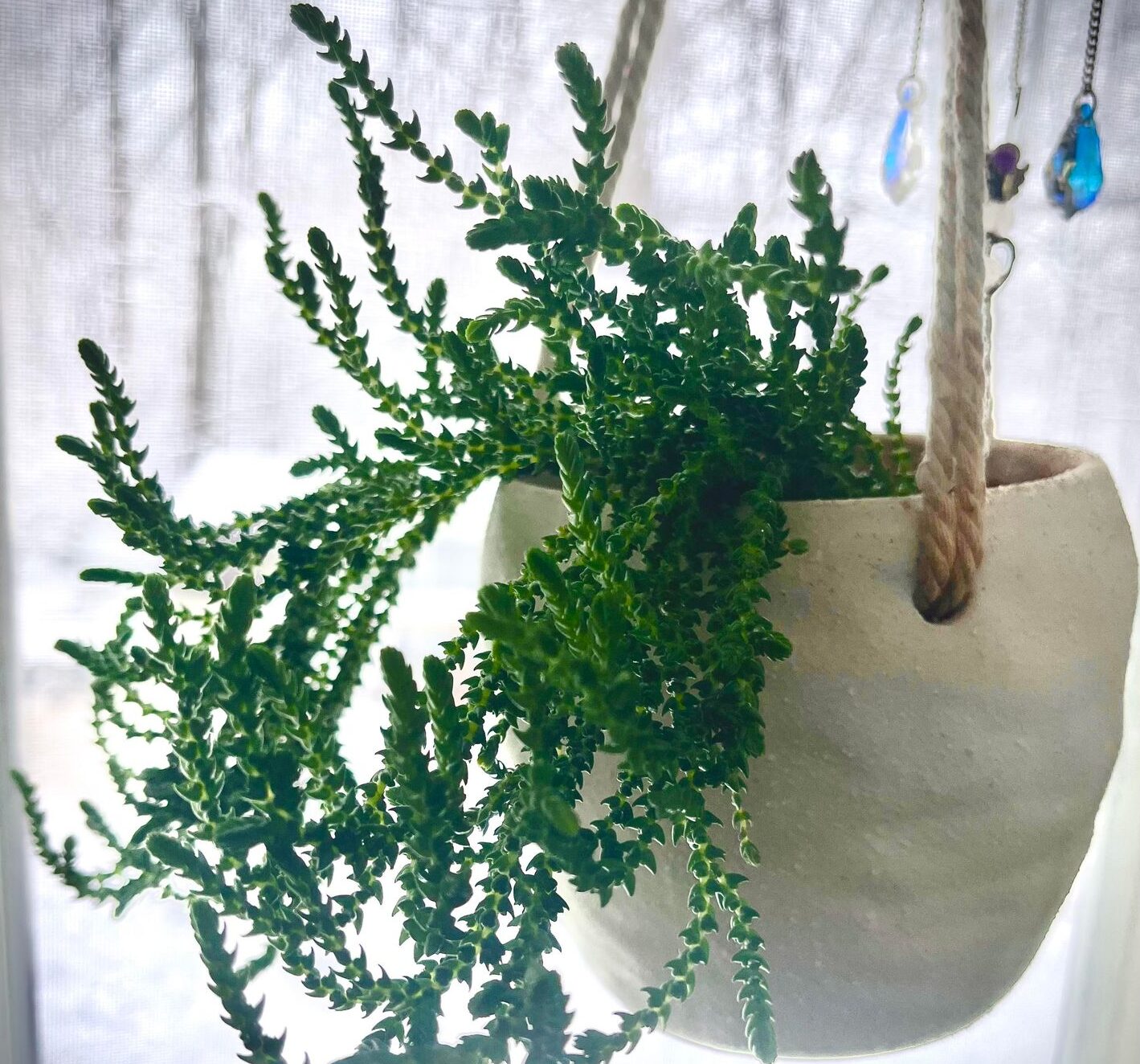
Aloe Vera Care and Propagation Guide
Aloe Vera Care and Propagation Guide
Aloe Vera, with its striking appearance and remarkable healing properties, has firmly secured its place as a beloved resident of the indoor gardening world. Its succulent leaves, resembling nature’s own pharmacy, not only add a touch of green to your living space but also offer a range of benefits. Whether you’re a seasoned plant enthusiast or just starting your journey into indoor gardening, understanding the essentials of Aloe Vera care and propagation is crucial.
In this guide, we will embark on a journey through the world of Aloe Vera, uncovering the secrets to its thriving existence in your home. We’ll delve into the nuances of Aloe Vera plant care, exploring the right pot, ideal lighting conditions, watering techniques, and even how to feed your Aloe for optimal growth. Additionally, we’ll demystify the art of propagation, explaining why it’s beneficial and walking you through various methods.
So, whether you’re seeking a natural remedy for skin irritations or simply wish to elevate your indoor gardening game, join us as we unravel the mysteries of Aloe Vera. With our comprehensive insights and practical tips, you’ll soon find yourself confidently caring for these wonderful succulents and even propagating new generations to share with friends and family. Let’s get started on your journey to becoming an Aloe Vera aficionado!
Understanding Aloe Vera
Aloe Vera, often referred to as the “plant of immortality,” is a fascinating succulent that has captivated the hearts of indoor gardeners worldwide. Before delving into the art of caring for and propagating Aloe Vera, let’s take a moment to understand what makes this plant so special.
What is Aloe Vera?
Aloe Vera is a succulent plant known for its rosette of fleshy, green leaves that can reach up to 12-24 inches in length. These leaves are filled with a gel-like substance known as Aloe gel, which boasts a myriad of health and skincare benefits. The gel is the part of the plant that has earned Aloe Vera its reputation as a natural healer.
Unique Characteristics
What sets Aloe Vera apart from other houseplants are its unique characteristics. Here are a few noteworthy traits:
- Adaptability: Aloe Vera is a hardy plant that can thrive in a variety of indoor environments. Its ability to adapt to different conditions makes it an excellent choice for beginners.
- Medicinal Properties: Aloe Vera has been used for centuries for its medicinal properties. The gel within its leaves contains vitamins, minerals, and antioxidants that can soothe skin irritations, moisturize, and even promote wound healing.
- Air Purification: Like many other houseplants, Aloe Vera plays a role in improving indoor air quality by absorbing harmful toxins and releasing oxygen.
- Low Maintenance: Aloe Vera is relatively low-maintenance, making it an ideal choice for busy plant enthusiasts.
Benefits of Having Aloe Vera
Aside from its striking appearance, Aloe Vera offers several benefits as a houseplant:
- Skin Care: The Aloe gel can be used to treat minor burns, insect bites, and various skin conditions. It’s a natural, chemical-free remedy for common skin irritations.
- Air Freshener: Aloe Vera purifies the air, helping to remove harmful pollutants and odors from your living space.
- Aesthetic Appeal: With its attractive foliage and soothing green color, Aloe Vera adds a touch of nature to your home decor.
In the sections that follow, we will explore how to care for your Aloe Vera plant to ensure it thrives in your indoor garden. From choosing the right pot and soil to providing the ideal lighting and temperature conditions, you’ll soon have the knowledge and skills to nurture this remarkable succulent. So, let’s dive into the world of Aloe Vera plant care!
Aloe Vera Plant Care
Now, let’s dive into the essential aspects of Aloe Vera plant care. To ensure your Aloe thrives, you’ll need to consider factors like pot selection, soil type, lighting conditions, watering, and feeding. Let’s explore each of these aspects.
Choosing the Right Pot and Soil
One of the first steps in caring for your Aloe Vera is selecting an appropriate pot and soil mixture.
Pot Selection: Aloe Vera plants prefer pots with good drainage. Terra cotta pots are an excellent choice because they allow excess water to evaporate through the porous material, preventing overwatering. Ensure that the pot you choose has drainage holes at the bottom to avoid waterlogged roots, which can lead to rot.
Soil Composition: A well-draining soil mix is crucial for Aloe Vera’s health. You can buy a cactus or succulent potting mix from a garden center or create your own mix by adding sand or perlite to standard potting soil. This blend promotes good drainage and prevents water from pooling around the roots.
Light and Temperature Requirements
Aloe Vera’s natural habitat is in arid regions, which means it has specific lighting and temperature preferences.
Lighting Conditions: Aloe Vera plants thrive in bright, indirect sunlight. They can tolerate some direct sunlight but should be protected from intense, scorching rays. Place your Aloe near a sunny window or under grow lights if natural sunlight is limited.
Temperature Range: Aloe Vera is comfortable in a temperature range between 59°F (15°C) and 77°F (25°C). While it can tolerate slightly cooler temperatures during the winter, it’s essential to avoid exposing it to frost or extreme cold.
Watering Your Aloe Vera
Proper watering is key to keeping your Aloe Vera healthy.
Frequency: Aloe Vera prefers to dry out between waterings. So allow the top inch to two inches of the soil to dry before watering. Typically, this means watering every 2-3 weeks, depending on environmental factors.
Watering Technique: When watering, soak the soil thoroughly, but ensure the excess water drains out through the pot’s drainage holes. Empty the saucer beneath the pot to prevent water from sitting in it.
Seasonal Adjustments: Reduce watering during the winter months when Aloe Vera’s growth slows down. Overwatering can lead to root rot, so keep an eye on how much you water.
Feeding Your Aloe Vera
To keep your Aloe Vera vibrant and healthy, you’ll need to provide it with essential nutrients.
Fertilization: Aloe Vera benefits from occasional fertilization during its growing season, which is typically spring and summer. Use a balanced, diluted liquid fertilizer or a specialized succulent fertilizer. Apply fertilizer sparingly, about once every 4-6 weeks.
Frequency: Avoid over-fertilizing, as this can lead to excess salts in the soil, always follow the recommended dosage on the fertilizer label.
With the knowledge of proper potting, soil, lighting, and watering techniques, you’re well on your way to becoming an Aloe Vera plant care expert. In the next section, we’ll explore the fascinating world of Aloe Vera propagation, allowing you to expand your Aloe collection or share the joy of these magnificent plants with others.
Aloe Vera Propagation
Now that we’ve covered the basics of Aloe Vera plant care, let’s delve into the intriguing realm of Aloe Vera propagation. Whether you’re looking to expand your Aloe collection or share the beauty of these plants with friends and family, propagation offers a rewarding journey. In this section, we’ll explore why propagation is beneficial and walk you through various methods.
Why Propagate Aloe Vera?
Propagation, in the context of Aloe Vera, involves growing new plants from the parent plant. There are several compelling reasons to consider propagation:
- Expand Your Collection: Propagation allows you to increase the number of Aloe Vera plants you have, which is perfect for those looking to decorate multiple spaces in their home.
- Share the Love: Aloe Vera plants make wonderful gifts. Propagating them allows you to share the benefits and beauty of these succulents with friends and family.
- Replace Old Plants: As Aloe Vera plants age, the older leaves can become less vibrant. By propagating new plants, you can replace older ones and keep a fresh, vibrant display.
Methods of Propagation
Aloe Vera propagation can be achieved through various methods. Each has its own set of advantages and considerations, let’s explore the three most common methods:
- Offsets (Pups): Aloe Vera plants produce offsets, also known as “pups,” which are small, miniature plants that grow at the base of the parent plant. These offsets can be carefully removed and replanted to create new Aloe Vera plants. This method is the easiest and most commonly used.
- Leaf Cuttings: Another method involves taking a healthy Aloe Vera leaf and allowing it to callus before planting it in a well-draining soil mix. This method is suitable for those who want to propagate a specific leaf or do not have offsets readily available.
- Seeds: While not the most common method, Aloe Vera seeds can be used for propagation. However, growing Aloe Vera from seeds can be more challenging and time-consuming, making it less popular among beginners.
In the following subsections, we’ll provide step-by-step instructions for each of these propagation methods, ensuring that you have the knowledge and confidence to propagate Aloe Vera successfully.
Caring for Aloe Vera Offsets
Let’s start with one of the most accessible methods of Aloe Vera propagation: using offsets or pups. These small offshoots are miniature versions of the parent plant and are relatively simple to propagate.
To care for Aloe Vera offsets, follow these steps:
- Identify Healthy Offsets: Look for offsets that are at least a few inches in height and have their roots attached, these are more likely to establish themselves successfully.
- Gently Remove the Offset: Using a clean, sharp knife or scissors, carefully cut the offset away from the parent plant. Ensure that you also have a portion of the root system attached to the offset.
- Allow the Offset to Callus: Place the cut end of the offset in a dry, well-ventilated area for a few days to allow it to callus. When planting, this step helps prevent rot.
- Plant in Well-Draining Soil: After the offset has been calloused, plant it in a small pot with well-draining soil, similar to what you would use for mature Aloe Vera plants.
- Provide Adequate Light: Place the newly potted offset in a location with bright, indirect sunlight. Until it has established itself, avoid direct sunlight.
- Water Sparingly: Water the offset lightly after planting, and then gradually increase the watering frequency as it grows. Be cautious not to overwater, as offsets are susceptible to rot.
By following these steps, you can successfully propagate Aloe Vera offsets and enjoy the growth of new, independent plants. In the subsequent sections, we’ll explore the other propagation methods in detail, allowing you to choose the one that suits your preferences and resources best.
Common Aloe Vera Care Mistakes
While we’ve covered the essential aspects of Aloe Vera plant care and propagation, it’s equally important to understand common pitfalls to avoid. Caring for Aloe Vera plants is generally straightforward, but like any endeavor, it’s possible to make mistakes. Here, we’ll highlight some common Aloe Vera care mistakes and provide guidance on how to steer clear of them.
Avoiding Common Pitfalls
- Overwatering: One of the most frequent mistakes is overwatering. Aloe Vera plants are succulents, adapted to arid conditions, and they thrive when the soil dries out between waterings. Root rot and other problems can be caused by overwatering. Always check the soil moisture before watering, and err on the side of less frequent watering.
- Inadequate Drainage: Aloe Vera plants require well-draining soil and pots with drainage holes. Ensure that excess water can escape from the pot to prevent waterlogged roots. Having inadequate drainage can result in root rot and other problems.
- Too Much Sunlight: While Aloe Vera plants enjoy bright, indirect sunlight, they can get sunburned if exposed to intense, direct sunlight for extended periods. Protect them from scorching rays, especially during the hottest part of the day.
- Choosing the Wrong Pot or Soil: Using the wrong type of pot or soil can hinder your Aloe Vera’s growth. Always select a pot with drainage holes and a well-draining soil mix to mimic its natural habitat.
- Ignoring Seasonal Adjustments: Aloe Vera’s watering and feeding needs vary with the seasons. Be mindful of adjusting your care routine during the winter months when the plant’s growth slows down. During this time, reduce watering and avoid fertilizing.
- Neglecting Pests and Disease: While Aloe Vera is generally hardy, it’s not immune to pests like mealybugs or fungal issues. Regularly inspect your plant for signs of infestations or disease and take appropriate action if necessary.
- Using Excessive Fertilizer: Over-fertilizing can lead to the buildup of salts in the soil, which can harm your Aloe Vera. Follow the recommended fertilization schedule and dosage to avoid this issue.
- Potting Aloe Vera Too Deep: When repotting or propagating Aloe Vera, ensure that the plant is potted at the same depth as it was previously. Planting it too deep can lead to rotting of the stem.
By being aware of these common Aloe Vera care mistakes, you can take proactive steps to provide the best care for your plants. Remember that learning from these pitfalls is part of the journey, and as you gain experience, your Aloe Vera gardening skills will continue to improve.
Recommended Products
These recommended products will enhance your Aloe Vera gardening experience, helping you create the optimal environment for your plants to thrive. Whether you’re a seasoned gardener or just starting your Aloe Vera journey, these trusted products will make caring for your Aloe Vera easier and more enjoyable.
- Miracle-Gro Cactus, Palm & Citrus Potting Mix: Ensure your Aloe Vera plants thrive with this specially formulated potting mix by Miracle-Gro. Designed to provide the ideal well-draining soil conditions that Aloe Vera loves, it also contains essential nutrients to promote healthy growth. Your Aloe Vera will thank you for this premium potting mix.
- Terra Cotta Clay Pots with Drainage Holes: These classic terra cotta pots are a must-have for Aloe Vera enthusiasts. Their excellent drainage properties and timeless appeal create the perfect environment for your Aloe Vera plants to thrive. Choose from various sizes to accommodate your growing collection.
- Sunblaster LED Grow Light Fixture: For those with limited natural sunlight, this LED grow light fixture by Sunblaster is an excellent choice. It provides the right spectrum of light for optimal plant growth, ensuring your Aloe Vera receives the light it craves even in darker spaces.
- Espoma Organic Cactus Plant Food: Keep your Aloe Vera plants nourished and healthy with Espoma Organic Cactus Plant Food. This all-natural fertilizer is specially formulated to meet the needs of succulents like Aloe Vera. It promotes vibrant foliage and beautiful blooms, making your Aloe Vera stand out in your indoor garden.
- Aloe Vera Plant: Bring the beauty and benefits of Aloe Vera into your home with a live Aloe Vera plant. These potted wonders are ready to adorn your indoor garden and provide you with the healing properties of Aloe gel. They come in various sizes, so you can choose the perfect Aloe Vera plant for your space.
Conclusion
In the world of indoor gardening, few plants are as captivating and beneficial as the Aloe Vera. With its unique appearance and healing properties, it has earned its place as a cherished addition to homes worldwide. As we conclude our journey through the world of Aloe Vera care and propagation, let’s recap the key takeaways.
By understanding the fundamental principles of Aloe Vera plant care, you can ensure that your Aloe thrives and remains a vibrant addition to your indoor garden. Remember the importance of choosing the right pot and soil, providing adequate light and temperature, and maintaining a balanced watering and feeding routine.
Aloe Vera propagation offers an exciting path to expand your Aloe collection or share these marvelous succulents with others. Whether you prefer offsets, leaf cuttings, or seeds, you now have the knowledge to choose the method that suits your preferences and resources.
You should however be aware of common Aloe Vera care mistakes and how to avoid them as well. Overwatering, inadequate drainage, excessive sunlight, and neglecting seasonal adjustments are all pitfalls to watch out for. By learning from these common errors, you can provide the best care for your Aloe Vera plants.
In your journey as an Aloe Vera enthusiast, remember that patience and experience are your greatest allies. As you gain confidence and familiarity with these remarkable succulents, your ability to care for and propagate them will continue to grow.
So, whether you’re seeking natural remedies, improving indoor air quality, or simply adding a touch of nature to your home, Aloe Vera can be your trusted companion. With the knowledge and insights gained from this guide, you’re well-prepared to embark on a successful journey as an Aloe Vera aficionado. May your Aloe Vera plants flourish, and may the benefits they bring enrich your life and the lives of those around you. Happy gardening!
Search
Popular Posts
-
Self-Watering Planters: Low-Maintenance Solutions for Busy Plant Parents
Self-Watering Planters In our fast-paced lives, plant enthusiasts, often referred to as “busy plant parents,” grapple with the challenge of providing optimal care to their indoor green companions. The act of watering, a crucial aspect of indoor plant care, becomes a daunting task when time is a luxury. Enter the game-changer: self-watering planters. These innovative…
-
Watch Chain Crassula Muscosa Care and Propagation Guide
Watch Chain Crassula Muscosa Indoor plants bring a special kind of joy to our homes. They add a touch of nature, making our living spaces more peaceful. I love watching each leaf grow and seeing how strong each stem can be. Today, let’s dive into the world of indoor succulents, focusing on a cool one…
Categories
Archives
Tags
air-purifying plants (2) Aloe Vera plant (1) botanical haven (1) busy plant parents (1) Carnivero collection (1) Carnivero Tropical Pitcher Plant (1) carnivorous plants (2) gardening advice (1) gardening tips (3) growing succulents (1) Houseplant care (2) houseplants (3) impact on indoor environments (1) indoor air quality (1) indoor gardening (5) Indoor plant care (3) indoor plant enthusiasts (1) indoor plants (1) indoor succulents (1) low-maintenance solutions (1) maintaining planters (1) nasa's clean air study (1) neon pothos care (1) neon pothos plant (1) Nepenthes care (1) photosynthesis (1) pitcher plant care (1) pitcher plant cultivation (1) plant care (3) planters on amazon (1) plant maintenance (1) plant mechanisms (1) plant parenting (2) plant propagation (4) propagating succulents (1) self-watering planters (1) Succulent care (3) succulent family (1) succulent haven (1) succulent identification (1) succulent tips (1) top-rated products (1) tropical pitcher plant (1) tropical plants (1) watch chain crassula (1)











Leave a Reply